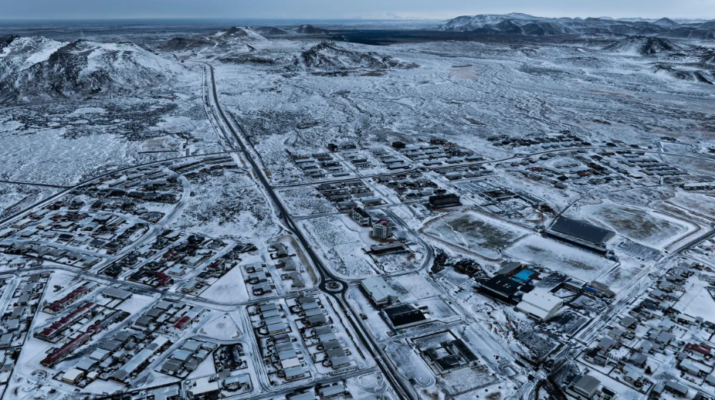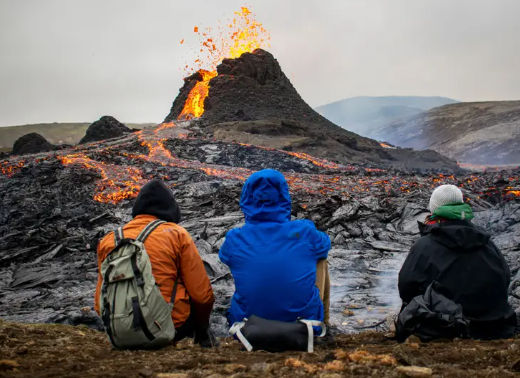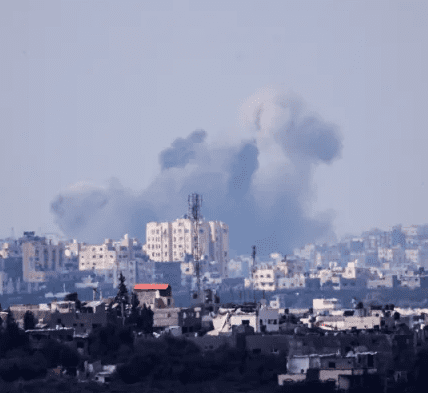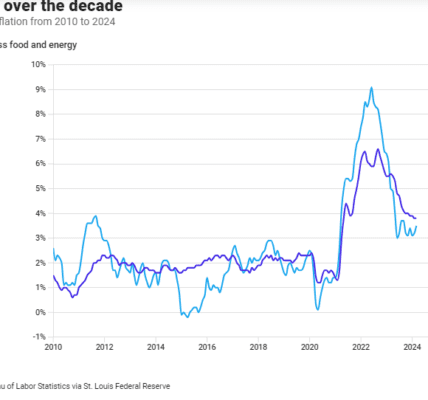
Iceland’s National Commissioner of Police has issued a second evacuation order for Grindavík, a town on the Reykjanes Peninsula, as volcanic fissures intensify, posing a heightened risk to public safety. This article delves into the unfolding crisis, exploring the impact on Grindavík, its renowned Blue Lagoon, and the measures taken by authorities.

The Unfolding Crisis in Iceland’s Grindavík
The town’s initial evacuation in November followed weeks of seismic activity, culminating in a dramatic volcanic eruption. Now, with new fissures opening, authorities have deemed it necessary to evacuate residents once again by Monday night, reflecting the gravity of the situation in Iceland.
The Blue Lagoon at Risk in Iceland
Grindavík, famed for Iceland’s Blue Lagoon, faces a double threat as volcanic activity intensifies. The significance of the Blue Lagoon goes beyond its status as a natural wonder; it’s a pivotal element that binds both the locals and the tourism industry in Iceland.
Civil Protection Measures
Iceland’s Civil Protection Agency has issued a statement indicating that the evacuation order will likely be in effect for the next three weeks. Exceptions are limited to official authorities and residents allowed short periods to salvage valuables. This section explores the comprehensive measures taken by the Civil Protection Agency to ensure public safety during the ongoing crisis in Iceland.
Escalating Hazard Levels
The Icelandic Meteorological Office’s recent report heightened concerns about volcanic fissures, leading to the evacuation order. This section delves into the factors that contributed to the increased risk, including the magma reaching a level similar to the previous eruption in December. The potential southward migration of magma towards Grindavík is also discussed, emphasizing the urgency of the situation in Iceland.
Volcanic Landscape: A Geologic Marvel
A broader perspective on Iceland’s volcanic landscape is provided in this section. The country, home to 32 active volcanoes, is situated on a tectonic plate boundary along the Mid-Atlantic Ridge. While volcanic eruptions are common, they typically occur in uninhabited areas. The historical context of volcanic activity in Iceland is explored, shedding light on the country’s geological dynamics.
Comparisons with Previous Eruptions in Iceland
Drawing comparisons with past volcanic eruptions in Iceland, particularly the 2010 Eyjafjallajökull eruption, this section analyzes why the current series of eruptions may not cause the same level of chaos. Experts suggest that the absence of glacial ice involvement reduces the likelihood of a massive ash cloud, which, in 2010, led to widespread flight cancellations affecting millions of people in Iceland.
Related Story : Eruption Unfolds on Reykjanes Peninsula in Iceland’s Volcanic Outburst
Iceland’s Grindavík faces a critical situation with the National Commissioner of Police ordering a second evacuation due to escalating volcanic fissures. The potential impact on the Blue Lagoon, residents, and the tourism industry adds complexity to the ongoing crisis in Iceland. Understanding the geological dynamics of Iceland and the efforts taken by authorities to ensure public safety is crucial as the situation unfolds in this Nordic island nation.



